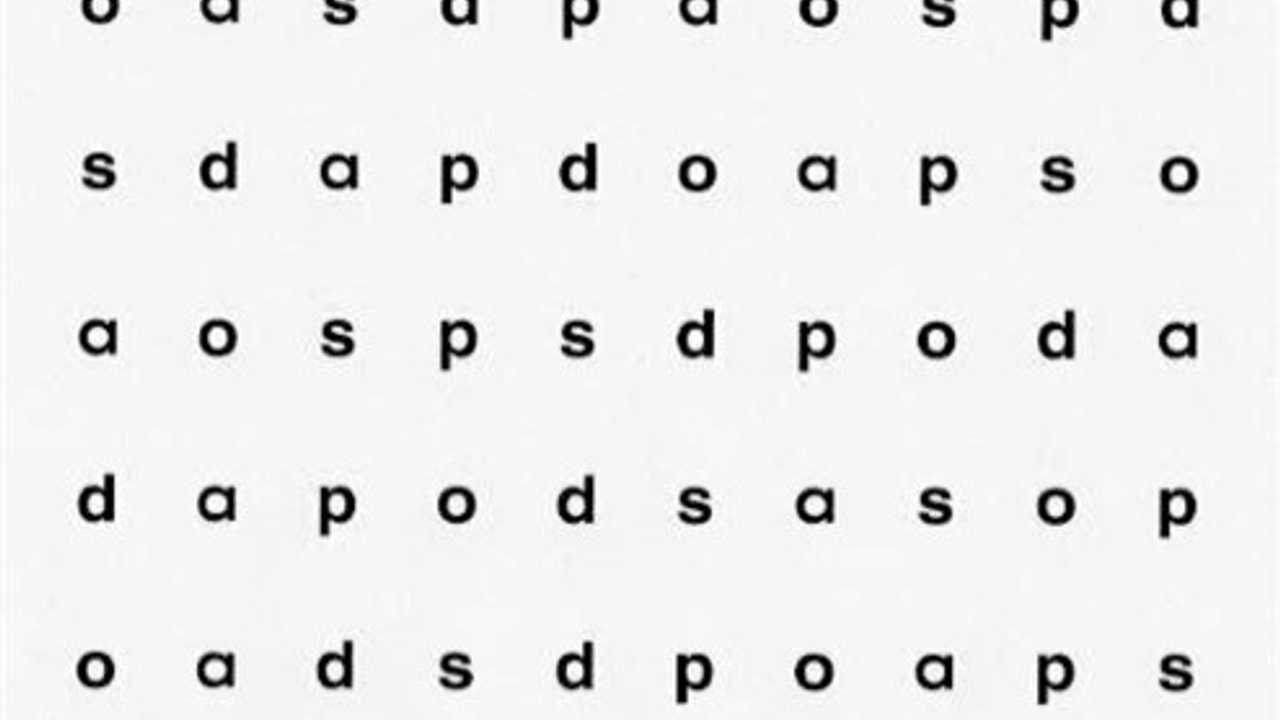Naming Speed: The Basics
Apr 01, 2018
Naming Speed has been identified as an important contributor to students' reading ability but compared to other cognitive processes it is relatively unknown among practitioners. Here are the basics.
Naming speed is a measurement of students' ability to quickly retrieve the name of a symbol. Some examples of naming speed assessments including naming colors, letters or objects.
Why is Naming Speed important?
The speed with which students can retrieve labels of symbols is highly predictive of the fluency with which they will read words and passages. Retrieval is considered a separate, but related, skill to decoding, sight word knowledge, or comprehension.
What is a Naming Speed Deficit?
There is a substantial body of research which suggest that are several core deficits that may contribute to difficulties with reading fluency and comprehension, including a deficit in retrieval as measured by naming speed. Students with weaknesses in naming speed often struggle to make progress in fluency goals, and may also have impairments in their word retrieval for speaking or writing. Sometimes retrieval of rote factual knowledge such as multiplication tables can also be impacted.
How is a Naming Speed Deficit diagnosed?
Naming speed deficits are diagnosed through standardized assessments of reading ability by experienced clinicians. Typically an individual with a deficit demonstrates below-average performance on timed measures of rapid automatized naming (RAN), sight word naming efficiency, non-word decoding efficiency and/or connected text fluency.

Students may have naming speed deficits in addition to other core deficits. In particular, those students who are characterized as having a naming speed deficit in conjunction with a phonological deficit, are identified as having a double deficit profile, which is considered are a significant form of dyslexia and typically requires intensive and systematic intervention to manage weaknesses.
Grade-based measures such as the DIBELS or the AIMS web are helpful screening tools in identifying children who are at-risk for naming speed deficits. Naming speed measures can be administered prior to the start of kindergarten with rapid automatized naming measures that ask children to name objects or colors rather than letters.

For more information:
Norton, E. S., & Wolf, M. (2012). Rapid automatized naming (RAN) and reading fluency: Implications for understanding and treatment of reading disabilities. Annual review of psychology, 63, 427-452.
Papadopoulos, T. C., Spanoudis, G. C., & Georgiou, G. K. (2016). How is RAN related to reading fluency? A comprehensive examination of the prominent theoretical accounts. Frontiers in psychology, 7, 1217.
Wolf, M., & Katzir-Cohen, T. (2001). Reading fluency and its intervention. Scientific studies of reading, 5(3), 211-239.
Stay connected with news and updates!
Join our mailing list to receive the latest news and updates from our team.
Don't worry, your information will not be shared.
We hate SPAM. We will never sell your information, for any reason.

